Extra high superoxide dismutase in host tissue is associated with
Por um escritor misterioso
Last updated 19 março 2025
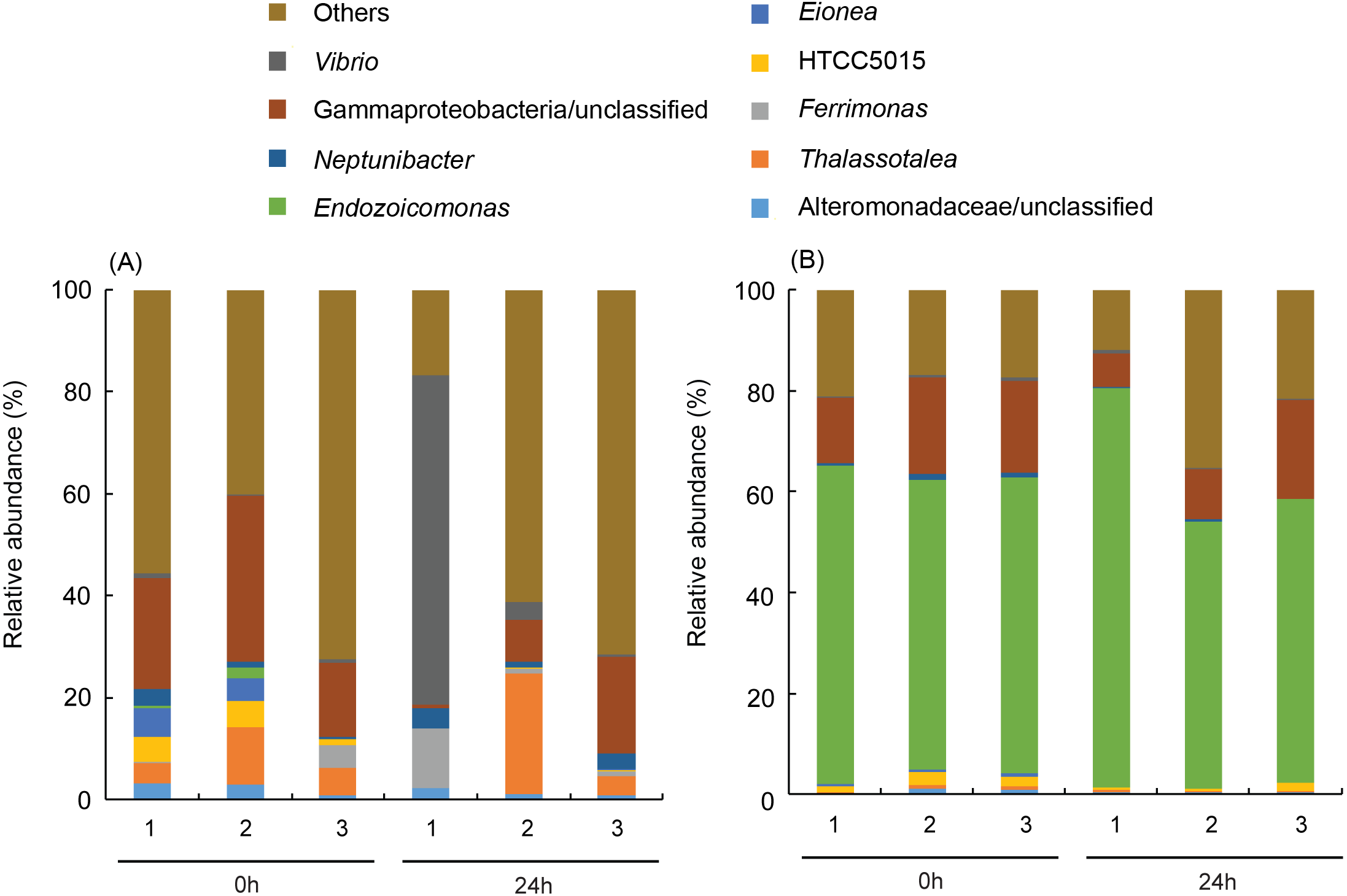
Global warming threatens reef-building corals with large-scale bleaching events; therefore, it is important to discover potential adaptive capabilities for increasing their temperature resistance before it is too late. This study presents two coral species (Platygyra verweyi and Isopora palifera) surviving on a reef having regular hot water influxes via a nearby nuclear power plant that exhibited completely different bleaching susceptibilities to thermal stress, even though both species shared several so-called “winner” characteristics (e.g., containing Durusdinium trenchii, thick tissue, etc.). During acute heating treatment, algal density did not decline in P. verweyi corals within three days of being directly transferred from 25 to 31 °C; however, the same treatment caused I. palifera to lose < 70% of its algal symbionts within 24 h. The most distinctive feature between the two coral species was an overwhelmingly higher constitutive superoxide dismutase (ca. 10-fold) and catalase (ca. 3-fold) in P. verweyi over I. palifera. Moreover, P. verweyi also contained significantly higher saturated and lower mono-unsaturated fatty acids, especially a long-chain saturated fatty acid (C22:0), than I. palifera, and was consistently associated with the symbiotic bacteria Endozoicomonas, which was not found in I. palifera. However, antibiotic treatment and inoculation tests did not support Endozoicomonas having a direct contribution to thermal resistance. This study highlights that, besides its association with a thermally tolerable algal symbiont, a high level of constitutive antioxidant enzymes in the coral host is crucial for coral survivorship in the more fluctuating and higher temperature environments.
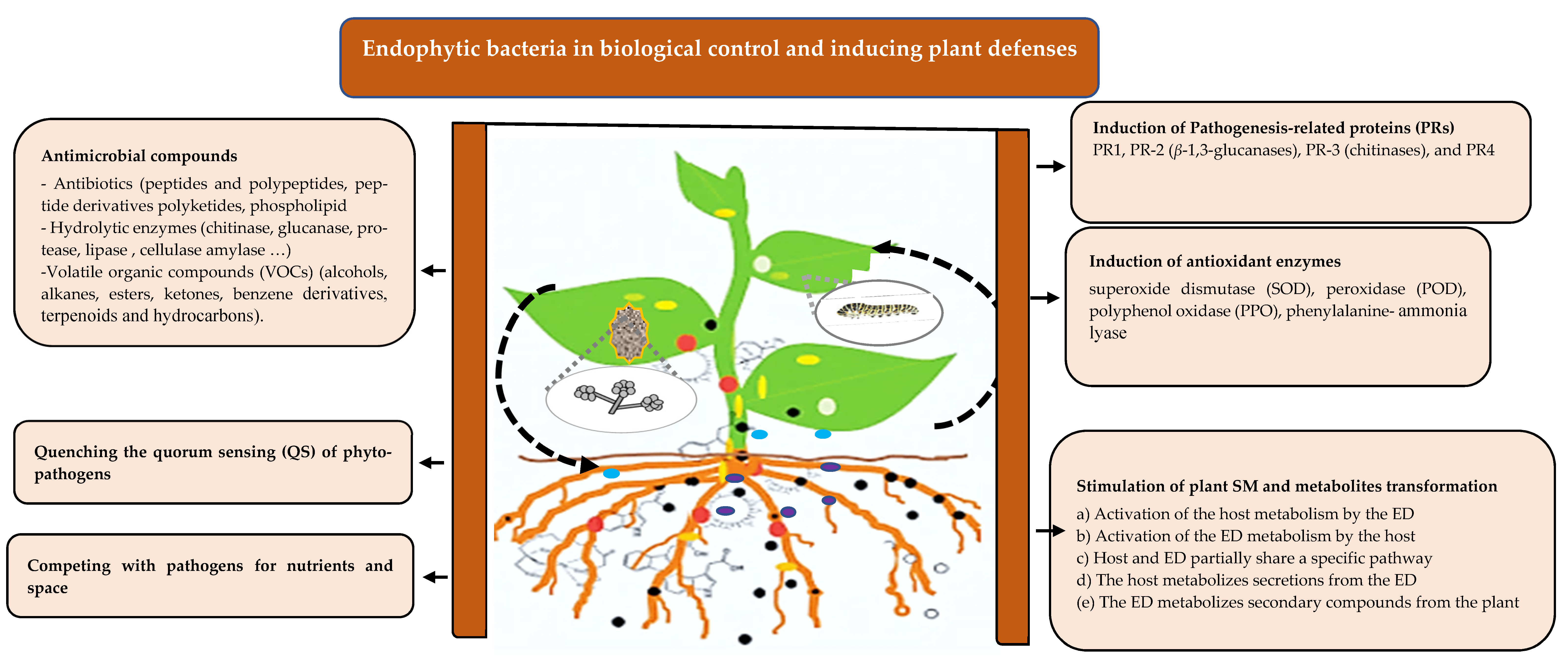
Plants, Free Full-Text
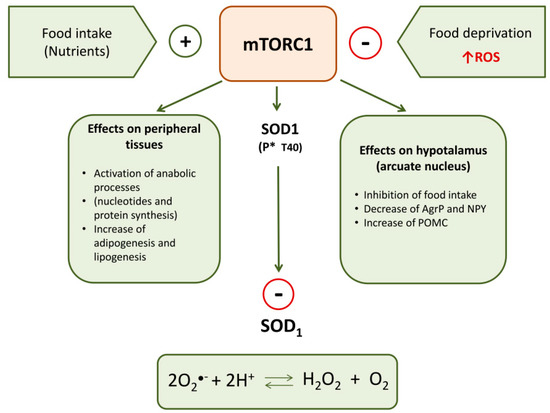
IJMS, Free Full-Text
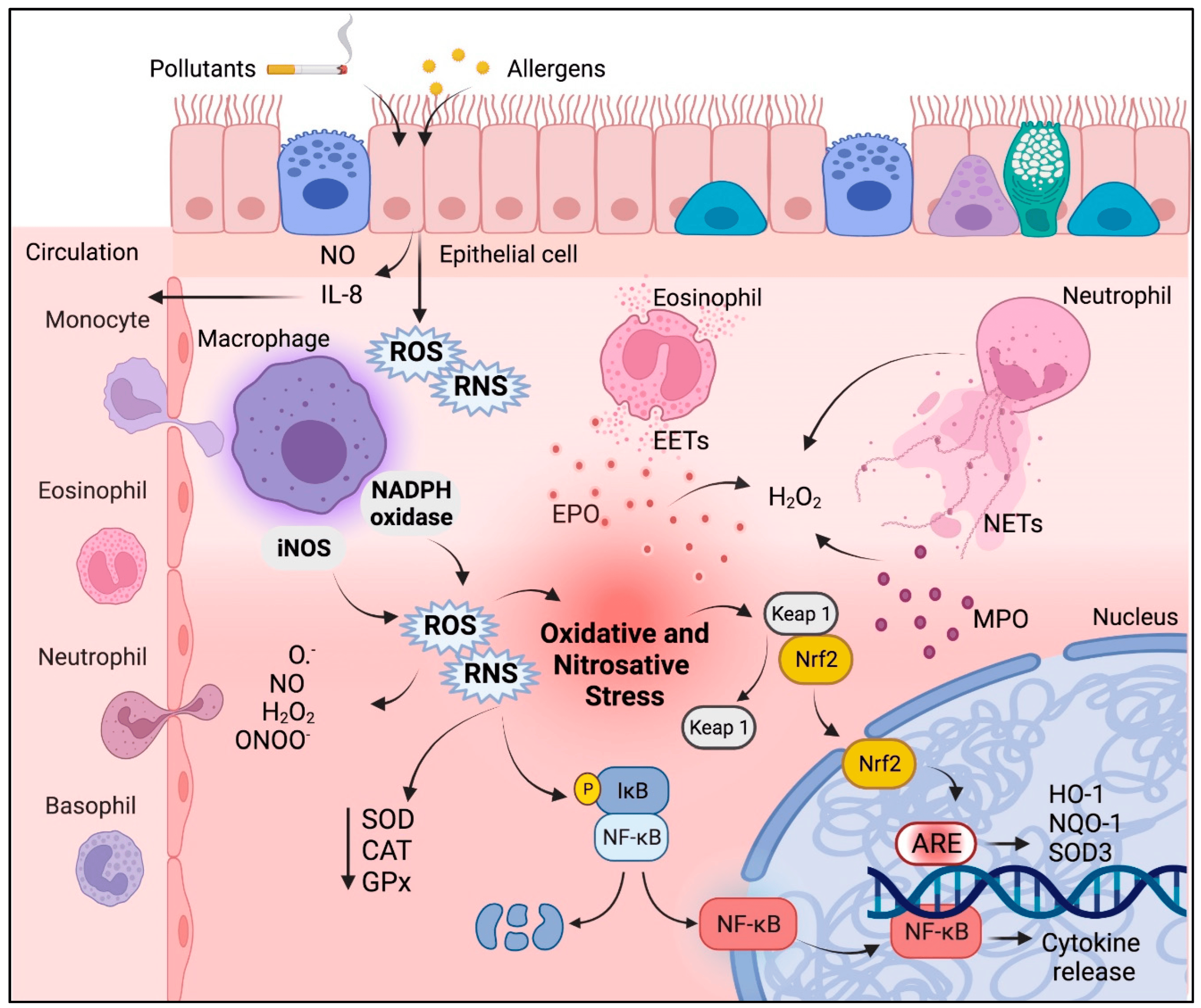
Antioxidants, Free Full-Text

Chemical Warfare at the Microorganismal Level: A Closer Look at the Superoxide Dismutase Enzymes of Pathogens

Catalase, a therapeutic target in the reversal of estrogen-mediated aging: Molecular Therapy

Superoxide Dismutase 1/SOD1 Antibody

Cysteine and resistance to oxidative stress: implications for virulence and antibiotic resistance: Trends in Microbiology

Gut dysbiosis: Ecological causes and causative effects on human disease
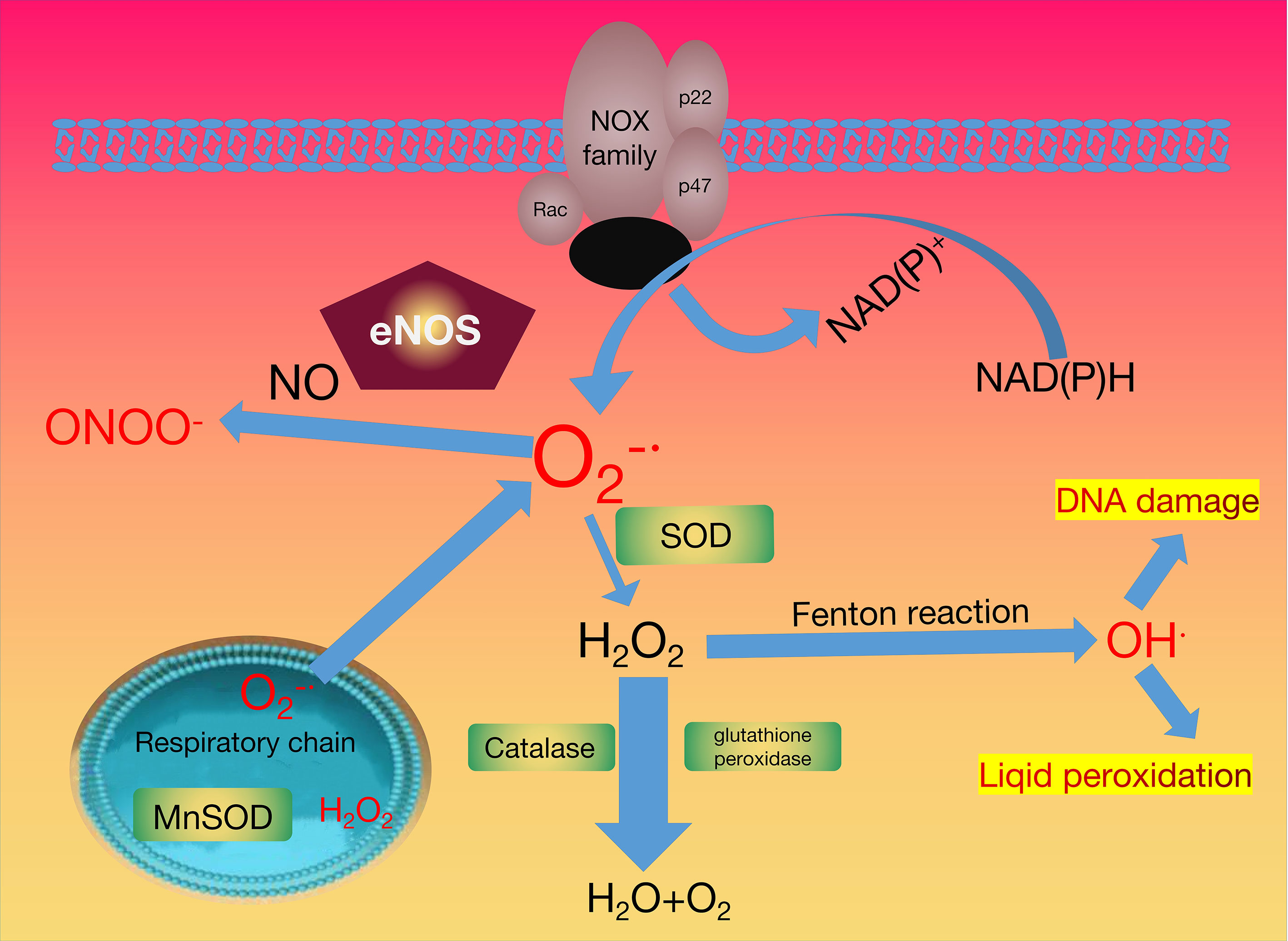
Frontiers Emerging Antioxidant Paradigm of Mesenchymal Stem Cell-Derived Exosome Therapy

Small-molecule superoxide dismutase (SOD)1 inhibitors. Shown are three

Vectors carrying epimastigotes infect wildlife host species.
Recomendado para você
-
 Diversas vagas - Gestão e Negócios (27/01) - Central de Carreiras UniOpet19 março 2025
Diversas vagas - Gestão e Negócios (27/01) - Central de Carreiras UniOpet19 março 2025 -
 Vagas de Emprego TIME CONTROL19 março 2025
Vagas de Emprego TIME CONTROL19 março 2025 -
 JobHome Call Center on X: Venha fazer parte da equipe JobHome19 março 2025
JobHome Call Center on X: Venha fazer parte da equipe JobHome19 março 2025 -
Edileuza Silveira - Analista societário - TIME CONTROL19 março 2025
-
 CONTROL DESK19 março 2025
CONTROL DESK19 março 2025 -
 Trabalhe na Enphase. Junte-se a líder global de energia19 março 2025
Trabalhe na Enphase. Junte-se a líder global de energia19 março 2025 -
MyCareforce - Turnos e Vagas - Apps on Google Play19 março 2025
-
 Vagas Disponíveis19 março 2025
Vagas Disponíveis19 março 2025 -
 Notre Dame all-time bowl game history19 março 2025
Notre Dame all-time bowl game history19 março 2025 -
 Ford oferece curso de tecnologia para pessoas de baixa renda19 março 2025
Ford oferece curso de tecnologia para pessoas de baixa renda19 março 2025
você pode gostar
-
 Cute Cat Icons - Free SVG & PNG Cute Cat Images - Noun Project19 março 2025
Cute Cat Icons - Free SVG & PNG Cute Cat Images - Noun Project19 março 2025 -
 I finally finished my last coloring of Takamura vs Keith, I will now show you all the colorings I did for this fight. : r/hajimenoippo19 março 2025
I finally finished my last coloring of Takamura vs Keith, I will now show you all the colorings I did for this fight. : r/hajimenoippo19 março 2025 -
![SAGA SSM05 Shieldmaiden Archers (Levy) [Random] (Age of Magic](https://i.ebayimg.com/images/g/iJIAAOSwB6tgvqTj/s-l1200.webp) SAGA SSM05 Shieldmaiden Archers (Levy) [Random] (Age of Magic19 março 2025
SAGA SSM05 Shieldmaiden Archers (Levy) [Random] (Age of Magic19 março 2025 -
/i.s3.glbimg.com/v1/AUTH_08fbf48bc0524877943fe86e43087e7a/internal_photos/bs/2021/X/6/TPDdORSSuzUxgAMpHP6g/2013-05-16-zenonia-5.jpeg) Os melhores jogos de RPG para tablets com Android ou iOS19 março 2025
Os melhores jogos de RPG para tablets com Android ou iOS19 março 2025 -
 Jogo de fuga e jogo de busca de cartas R01M, Aplicações de download da Nintendo Switch, Jogos19 março 2025
Jogo de fuga e jogo de busca de cartas R01M, Aplicações de download da Nintendo Switch, Jogos19 março 2025 -
emma jungle tradução|Tìm kiếm TikTok19 março 2025
-
Pokémon Mythology – Evoluindo junto com Pokémon!19 março 2025
-
 CapCut_chica morreu gritando foxy morreu correndo freedy morreu se19 março 2025
CapCut_chica morreu gritando foxy morreu correndo freedy morreu se19 março 2025 -
 How to Complete Fortnite Nindo Challenges and Unlock FREE Naruto19 março 2025
How to Complete Fortnite Nindo Challenges and Unlock FREE Naruto19 março 2025 -
Eclipse no mundo de One Piece #barbanegra #onepiece #marshalldteach #a19 março 2025


